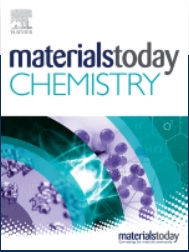The possible 2D-like arrangement of monomers in polydopamine films obtained by autoxidation of the dopamine at the air/water interface was recently reported. Therefore, the morphological and chemical properties should be controllable by tuning the synthesis conditions. In this work, to optimise the synthesis conditions, films were obtained at the air/water interface with different dopamine concentrations, various pH and stirring speeds. The growth of the films was monitored in situ by spectroscopic reflectometry. The obtained films were transferred onto Si(100) substrates, and their morphological parameters were examined by Atomic force microscopy. X-ray diffractometry, Raman spectroscopy, and X-ray photoelectron spectroscopy allowed studying the chemistry of the films. The control of the growth process was achieved at the centimetre-scale level in terms of thickness homogeneity, chemical and structural characteristics of the obtained films. Transfer of the films onto substrates did not affect the homogeneity, foreshadowing an opportunity for large scalability of the process. Structural and chemical studies revealed successful synthesis of a clear 2D-like ordered structure without unreacted dopamine moieties. Finally, molecular dynamics simulations showed a good agreement with the literature information and revealed new insights on the self-assembly process at the air/water interface.
